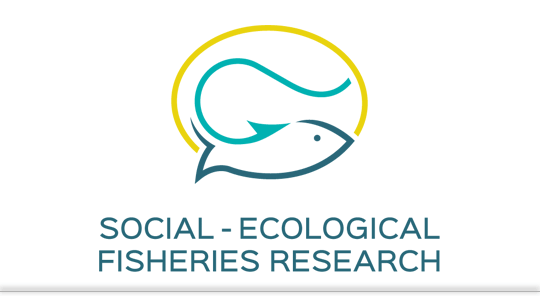Over the past five or so years, the presence of plastic waste in the marine environment has received increasing publicity and has become a symbol of the effects of human life on the planet. Plastic pollution offers convincing images that symbolize the damaging nature of human activity in the Anthropocene. Powerful images of shark or whale stomachs packed with plastic bags or turtles with plastic wound round their necks have stirred the public and brought home the message that our use of plastic for so many things has a serious downside. Plastic bags in shark stomachs are highly visible, but the influence of plastic on the marine ecosystem is possibly even more damaging when microplastics are considered. Whales, sharks and all the teleosts we catch and eat are ultimately dependent on plankton although this link is not direct for top predators. There are now many examples of the influence of microplastics on the feeding habits of copepods, chaetognaths and other planktonic animals (http://www.plank tonpu ndit.org). For this life form, a stomach full of microplastics is functionally the same as a shark stomach full of plastic bags.
Plastic pollution in rivers and lakes - an indicator of an even bigger consequence of global change?
Peer-reviewed

Hart, P. J. B., Arlinghaus, R. (2021). Plastic pollution in rivers and lakes - an indicator of an even bigger consequence of global change? Fish and Fisheries, 22, 465-466
Published
:
2021
Publisher
: Fish and Fisheries, 22, 465-466
